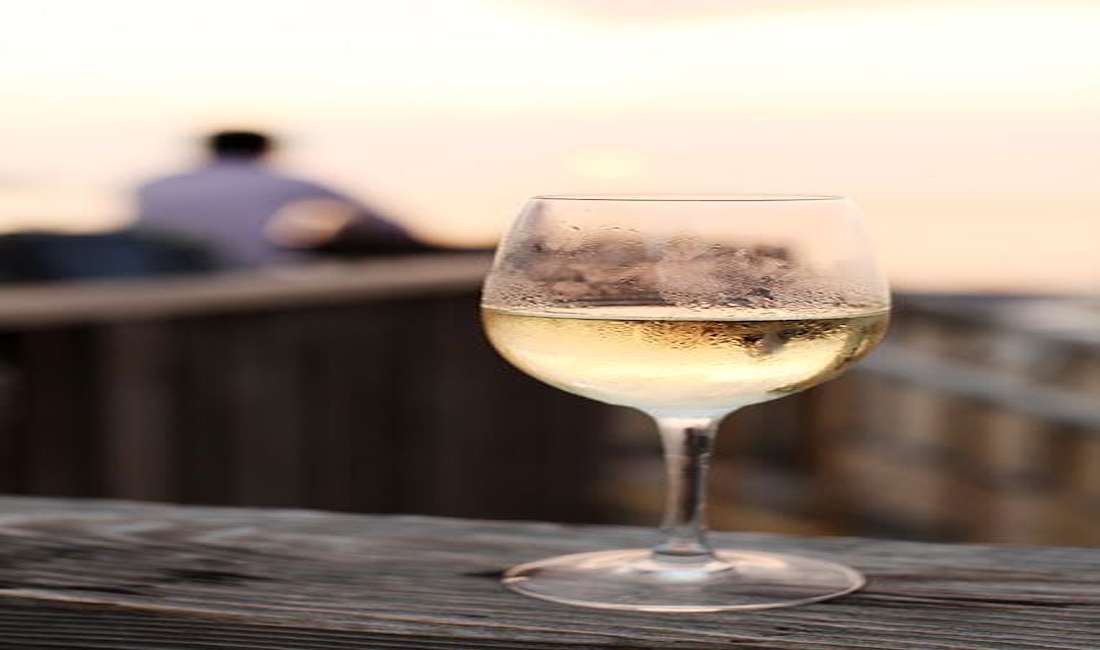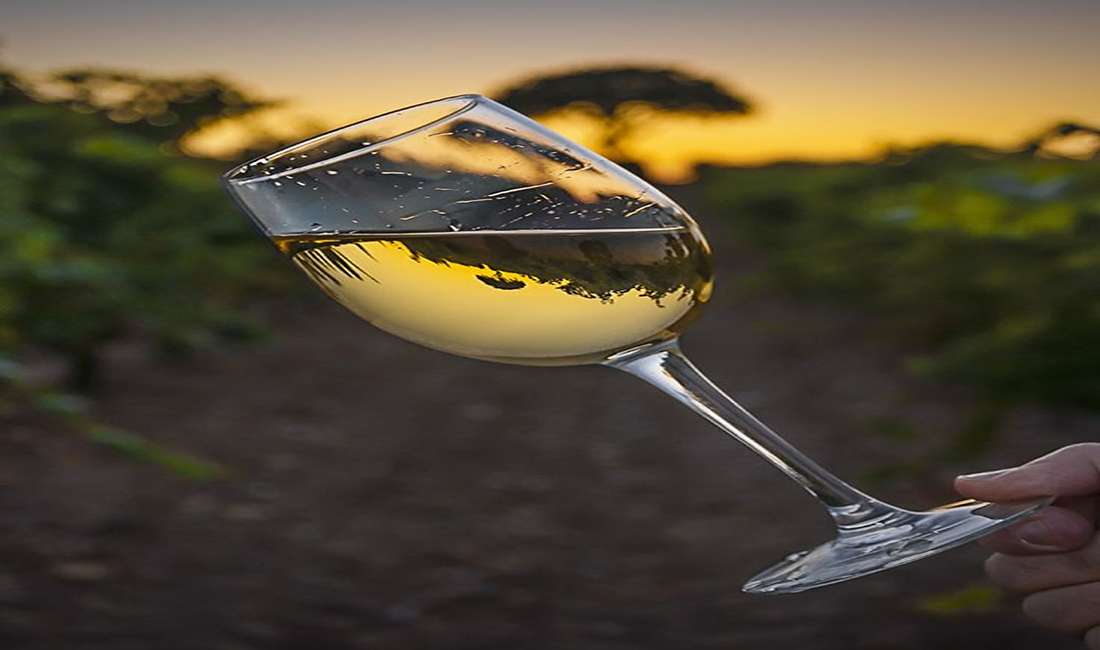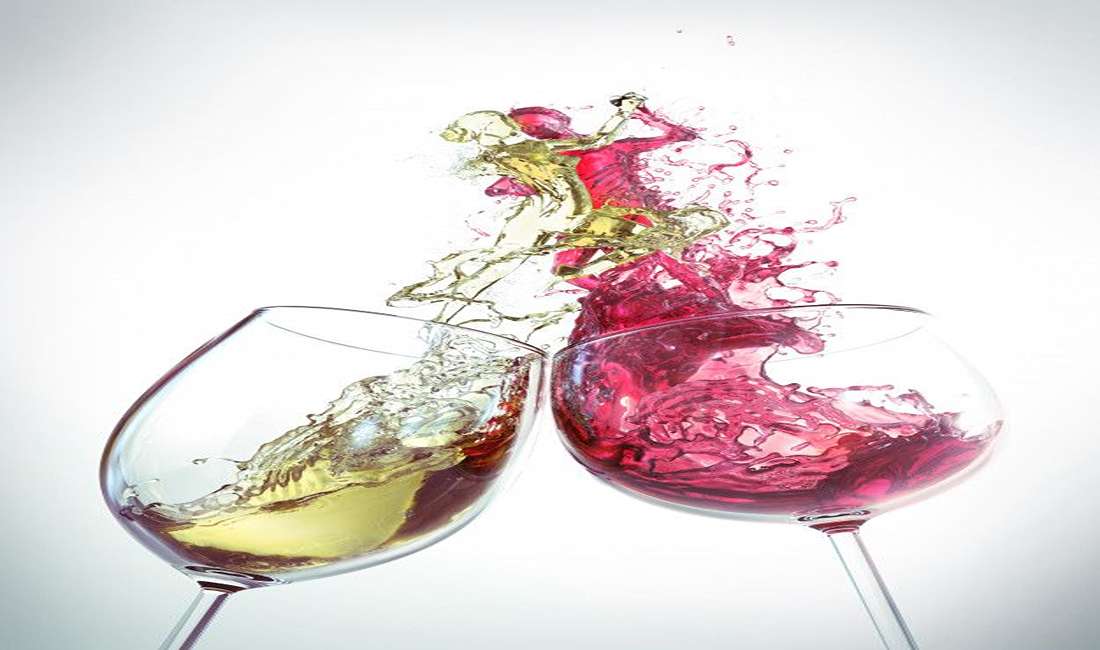
White wine has been the favorite of dinner tables and parties for centuries. It is light, crisp, and aromatic, which makes it very versatile for use with different types of food or as an accompaniment on its own. Whether you are an oenophile or just starting to explore the world of wine, learning about white wine can make you appreciate this elegant drink more.
White Wine
It is the type of wine produced by fermenting the white pulp of grapes. Although produced in both white and red grape varieties, white wines are mainly distinguished by their pale yellow to golden color which is produced when the juice is fermented without the grape skins. It brings forward the fruity, floral, and citrusy sensations that people associate with white wines Chardonnay Sauvignon Blanc Riesling Pinot Grigio
Popular White Wine
It represents a stunningly vast range of styles and flavors, relatively dominated by the type of grape it’s produced from and the way this is done at the winery. Here are a few well-known styles:
Chardonnay
Taste: buttery and creamy with hints of apple and pear with a delicate sweetness like vanilla
Match Food: roasting chicken pairs beautifully, with creamy pasta and buttery seafood.
Sauvignon Blanc
Flavor: Sharp and herby with hints of green apple, lime, and passion fruit.
Food Pairing: Salads, goat cheese, light fish dishes
Riesling
Flavor Profile: Dry to sweet, floral scents, flavors of apricots, peaches, and honey
Food Pairing: Spicy Asian food, pork, desserts
Pinot Grigio (or Pinot Gris)
Flavor Profile: Sharp, crisp, refreshing citrus and green apple
Food Pairing: Shellfish, light pasta and antipasto
Moscato
Flavor Profile: Sweet and fruity, peach notes of orange blossom, nectarine.
Food Pairing: Very good with desserts, fruit, and mild cheeses.
How White Wine Is Made
it is produced with a process starting with the ripened grapes. They are then pressed to release their juice, unlike red wine. The grape skins are not used in the fermentation process of white wine. Fermentation of juice occurs at a lower temperature in order to protect its delicate aroma and flavor. It can age in stainless steel tanks for crisp profiles or oak barrels for more complexity and texture.
Key Steps in White Wine Production

Harvesting
They are picked at optimal ripeness to have the desired balance between the sugar and the acidity.
Pressing
The grapes are pressed gently to extract the juice with minimum contact with the skins.
Fermentation
Yeast is added to convert sugars in the juice into alcohol, all this at controlled temperatures.
Aging
it can be aged in stainless steel to give a fresh and fruity profile or in oak barrels to provide a richer character.
Bottling
After aging, the wine is filtered and bottled, and ready for consumption and distribution.
Pairing White Wine with Food
It’s acidity and flavor profile are fantastic matches for a variety of dishes. Some pairing tips follow:
High-acid wines such as Sauvignon Blanc are cut through tangy flavors, such as vinaigrette dressing salads.
Creamy sauces, fatty fish and oaked whites like Chardonnay complement each other magnificently.
Sweeter whites, such as Riesling or Moscato, cut through spicy foods or complement desserts.
Lighter whites, such as Pinot Grigio, are versatile and complement fresh, straightforward seafood or vegetables well.
Tips for Successful Pairings
Pay attention to the heaviness of the wine and the dish. A full-bodied Chardonnay will overwhelm delicate sushi, whereas a light Pinot Grigio may not be able to compete well against the rich Alfredo sauce.
Sweet wines are great when enjoyed with a lovely dessert or some glazed pork.
Acidity helps cut the richness, and crisp white can be a nice balancing act with cream or fat-rich foods.
How to Serve White Wine
Serving white wine at the proper temperature is very important to be able to fully enjoy it. Most white wines are best served chilled, in the range of 45-55°F (7-13°C). Over-chilling will mute the flavors, and too warm will make the wine taste overly alcoholic.

Storage Tips
Store in a cool, dark place with minimal temperature fluctuations.
Use a wine fridge for optimal storage, especially if you plan to age the wine.
Once opened, white wine should be resealed and refrigerated for 3-5 days.
White Wine Trends
it has been gaining some exciting trends and innovations over the past years such as:
Natural and Organic Wines: A trend in wines made with minimal intervention and sustainable practices.
Orange Wines: it that are fermented with their skins to produce unique flavors and tannins.
Low-Alcohol Whites: Lighter wines with lower alcohol content for health-conscious consumers.
Experimental Blends: Winemakers are experimenting with new, creative blends, even including lesser-known grape varieties.
Health Benefits of White Wine
it is essential to be taken in moderation; however, there are some health benefits associated with white wine. These include.
Antioxidants: it contains antioxidants such as flavonoids, which reduce inflammation and protect cells.
Heart Health: Moderate wine consumption may improve heart health by increasing good cholesterol levels.
it is also a source of stress relief, especially if it is drunk after a very long day at work.
White Wine Around the World
There are made in virtually every wine-producing region, with different styles and characteristics:
France: Home to the world-famous white wines, such as Chardonnay from Burgundy and Sauvignon Blanc from the Loire Valley.
Italy: Produces crisp Pinot Grigio and sweet Moscato for light and refreshing drinking.
Germany: Known for its Rieslings, ranging from dry to lusciously sweet.
New Zealand: Sauvignon Blancs are the country’s pride, zesty and herbaceous.
United States: California is the leader in the country’s diverse white wines, from buttery Chardonnays to lively Pinot Grigios.
White Wine Varieties to Try
For those looking to explore new wines, here are some of the lesser-known white wines:
Albariño: A Spanish varietal with bright acidity and citrus and stone fruit flavors.
Viognier: Floral scents; full-bodied wine with an opulent texture.
Chenin Blanc: From dry to sweet, honey and melon flavors in its great variety and expressiveness. Grüner Veltliner: Peppery, citrus notes, signature grape in Austria.
Conclusion
It is heterogeneous and fulfilling with its variety of flavors, fragrances, and styles. Whether it’s the clear zing of Sauvignon Blanc or the juicy opulence of Chardonnay, there’s a white wine for whatever occasion or food. From sipping over summer afternoon sunbeams to pairing with gourmet dishes, the elegance and all-purpose compatibility of white wine remain unmatched.
Raise a glass, and let us discover the wonders of it’s.










